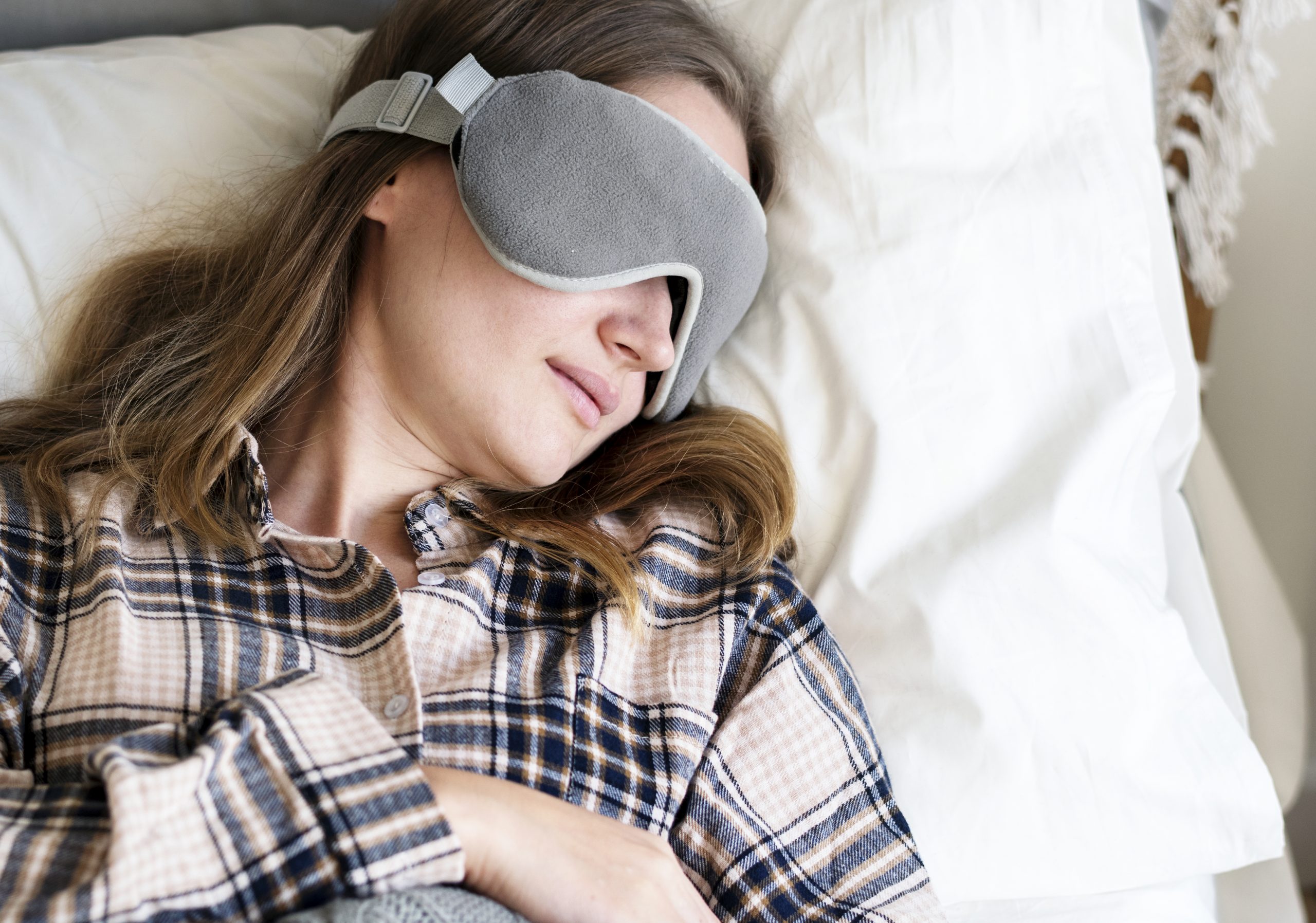What are the Sleep Cycles?

What are the Different Sleep Stages?
When we sleep, it seems like our brains and bodies shut down. There was a widely held theory that our brains simply shut down when we went to bed and rebooted in the morning, like a computer. While it may seem that way, sleep is a very dynamic and complex process. Sleep is a very active state, especially for our brains. There are four stages of sleep: transition, light sleep, deep sleep, and REM sleep.
The Difference between REM and NREM
Sleep can be divided into two major patterns: rapid eye movement (REM) and non-rapid eye movement (NREM). REM sleep is lighter and typically associated with dreaming. It is also necessary for brain development, especially for young kids. NREM sleep is a deeper sleep and gets deeper throughout the stages.
The Four Stages of Sleep Cycles
In healthy sleep, we typically move through all four stages of sleep before we start over again. Each sleep stage lasts roughly 15 to 20 minutes, making the full cycle last anywhere from 90 to 110 minutes. It is typical for us to wake slightly between each cycle. We may go through four or five full sleep cycles during a good night’s sleep.
Stage 1: Transition
The first stage of sleep is a NREM stage. It is the lightest stage and it is a drowsy sleep that usually starts not too long after we go to bed. Our muscle tone relaxes, and our brain activity starts to slow down. Because this stage is so light, it’s very easy to be awakened during it. While we’re not awake during this stage, we’re not deeply asleep. This is the stage we typically stay in during “cat naps” and if you wake up during this stage, it may not feel like you’ve slept at all. While it may not sound like a lot is happening during this stage, it is very important. This is the stage that allows our bodies to ease into stage two.
Stage 2: Light Sleep
Light sleep takes up anywhere from 40 to 60% of our sleeping time every night. During this stage, our brains begin to produce upticks in our brain wave frequency, known as sleep spindles. There has been some evidence that sleep spindles help refresh our brains and prepare us for learning, making this sleep stage very important for children. When people take power naps, it is ideal to wake up after this stage of sleep. During this stage, our body temperature begins to drop, our heart rates slow, and our bodies prepare to move into the next stage.
Stage 3: Deep Sleep
This stage is where we get our deepest sleep. This stage typically takes 5 to 15% of our total sleep time and is our most restorative sleep. There is typically no eye movement and very little muscle activity. We are least likely to be awakened during this stage, so waking up during this stage may take a while and you can feel disoriented for a few minutes. Even though we spend the least amount of time in this stage, it is very important for our health.
Stage 4: REM Sleep
REM sleep can happen anytime throughout our sleep cycle, but it is common for it to begin about 90 minutes after we fall asleep. Most people will go through five to six REM cycles throughout the night. Our first period of REM sleep lasts around ten minutes, each cycle lasting longer. The final REM stage can last up to an hour. During this stage, our breathing and heart rate speeds up. This is also the stage where we have our most vivid dreams. When we are awakened during a REM cycle, we remember our dreams.




